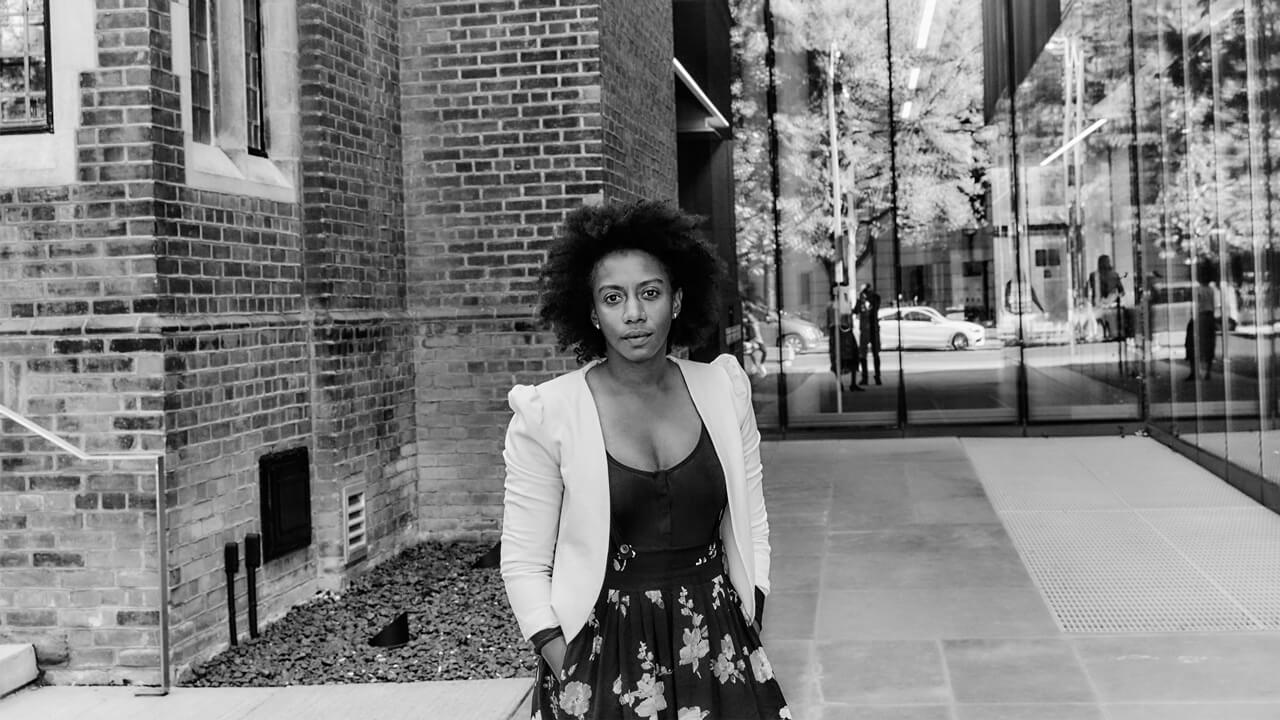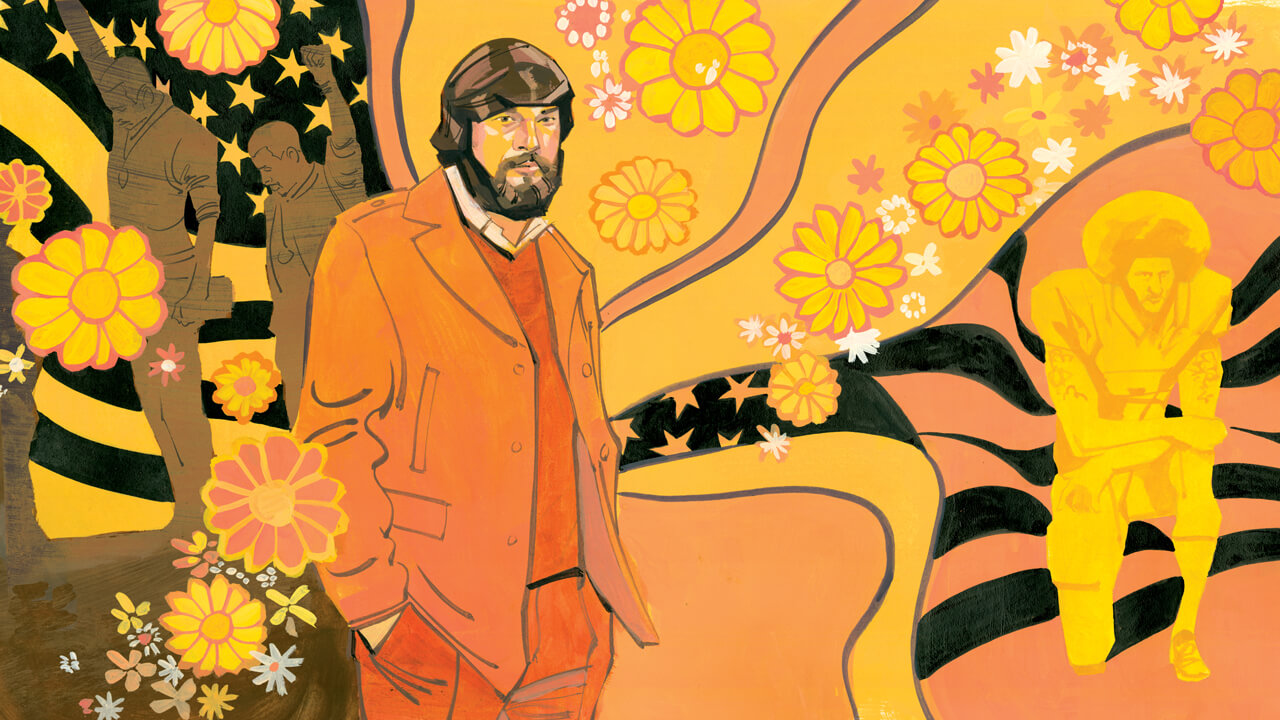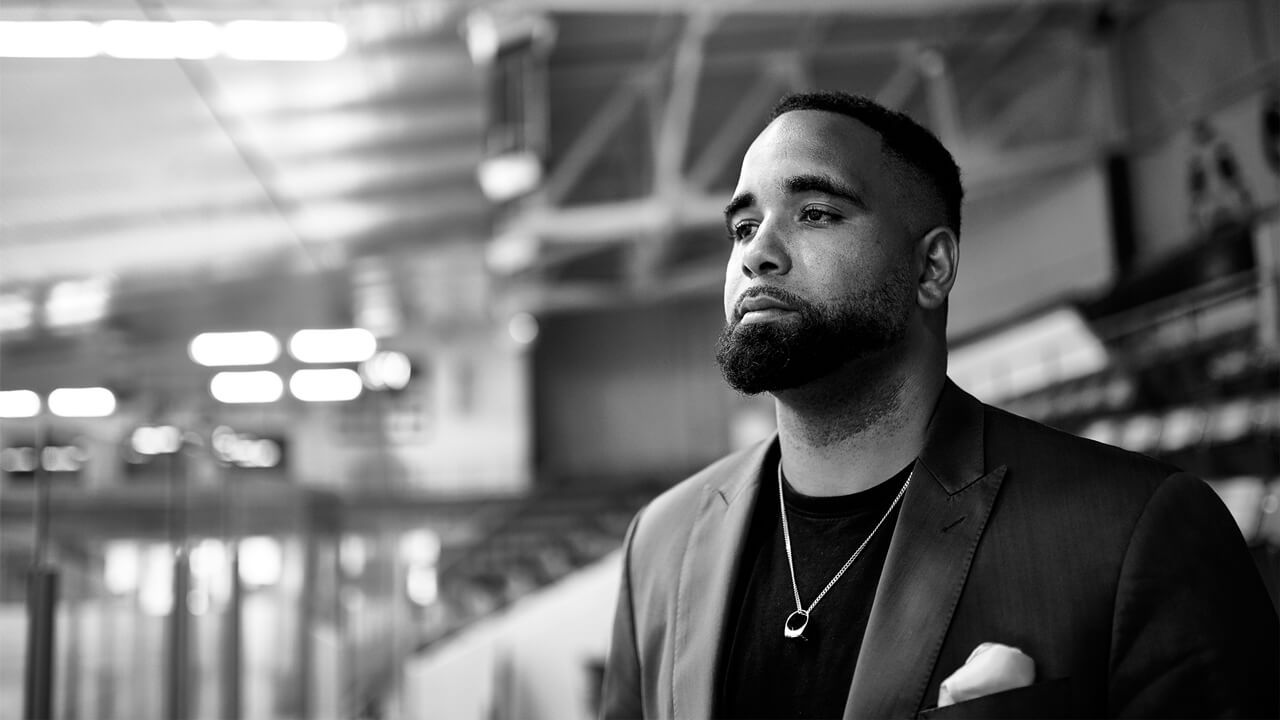Can you tell me more about the thought leadership? What exactly does that look like?
It has led to a lot of programs I’ve been leading around diversity, inclusion and equity, and those are built around the story of the Negro Leagues. People started to look at what was happening internally at their companies. And they wanted to make sure that their employees understand the importance of diversity and inclusion and equity. And if they were already implementing them, they were looking at ways to reinforce. If they weren’t implementing, they were looking at the museum to help them implement. And what the story of the Negro Leagues does is it’s a very palatable way to open up this dialogue, because it’s baseball. And so, it makes that conversation a little easier.
But as I stress all the time, we have to get more comfortable being uncomfortable. It’s not easy to talk about race. We don’t like to talk about race. And I think when we don’t talk about it, we believe that that means [discrimination] is not happening, and we know that’s not the case. And so, we could take this story, this very triumphant story, and it’s a wonderful entree to a broader discussion about race, diversity, inclusion, equality, tolerance and respect.
So would you say the museum has taken on greater responsibility now, more than ever?
Oh, there’s no question. But we wanted that responsibility. We want to be the place where these conversations around race and sports emanate, because that’s what our story is all about. So, yeah, we have an important mission to preserve, celebrate, educate and illuminate this history. But the life lessons that stem from this story is what makes this museum so special. And that’s where the relevancy of the work that we do comes in, because the challenge is, “How do we continue to make this history relevant, because Negro Leagues baseball hasn’t been played in 60 years?” But the life lessons that stem from the story are just as significant right now, maybe more than ever before.










